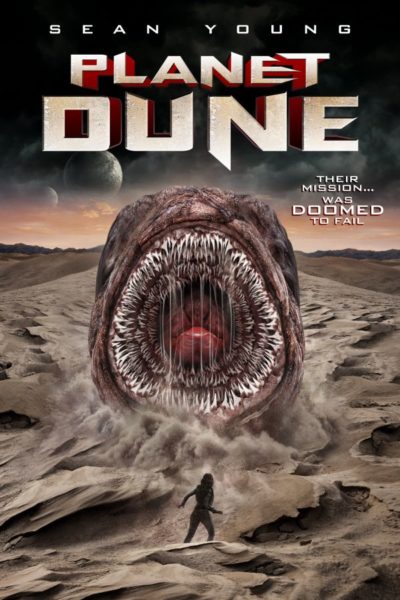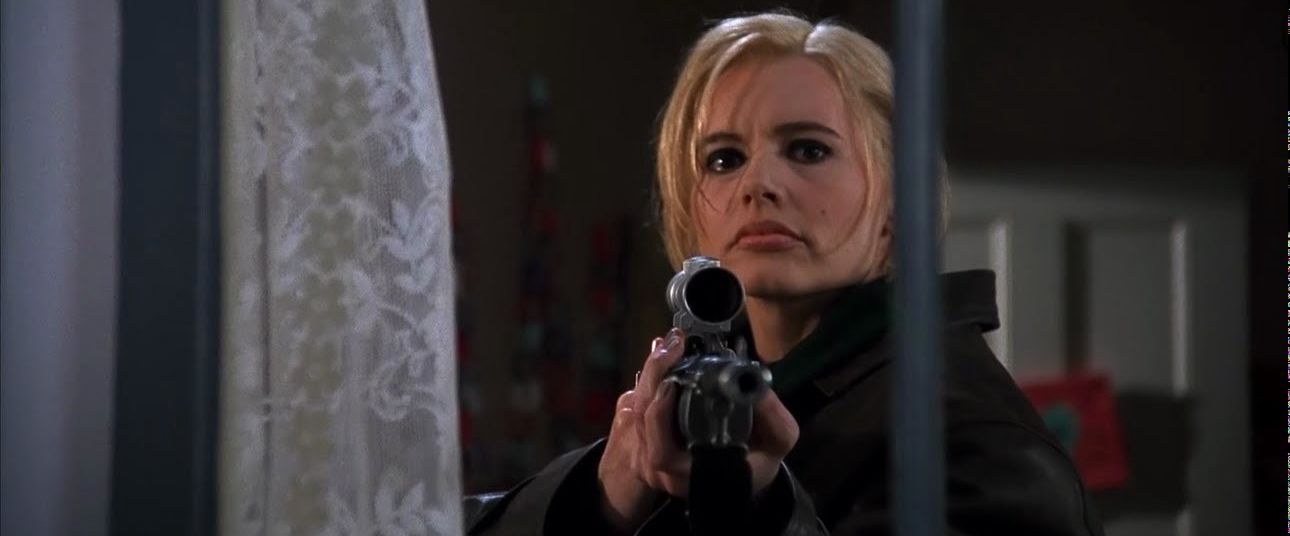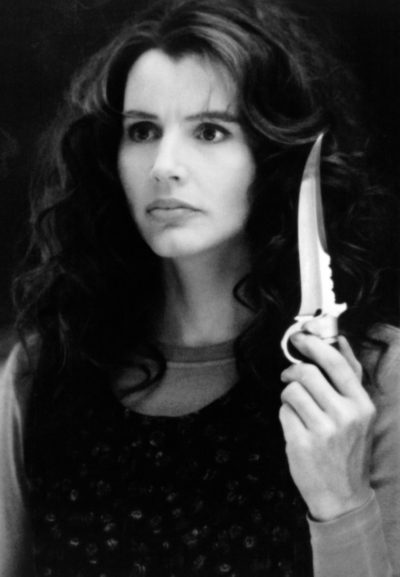Literary rating: ★★★
Kick-butt quotient: ☆☆☆☆
 My friend Liane Zane kindly gifted me with a paperback copy of this second of her Elioud Legacy novels, as she did with the first one (The Harlequin & The Drangùe), in exchange for an honest review. Having liked the first book, I was glad to accept; and I wasn’t disappointed with the sequel!
My friend Liane Zane kindly gifted me with a paperback copy of this second of her Elioud Legacy novels, as she did with the first one (The Harlequin & The Drangùe), in exchange for an honest review. Having liked the first book, I was glad to accept; and I wasn’t disappointed with the sequel!
The premise of the Elioud Legacy builds on the idea, based on a passage in the book of Genesis, that in the days before Noah’s flood, “and also after that,” there were matings between angelic beings and humans, resulting in mixed-race offspring, here called the “Elioud.” On that foundation, Zane builds the literary conceit that these pairings are still going on at times, that a fair number of humans with some angelic genes still walk the earth, gifted with more-than-human abilities and perceptions in proportion to their angelic ancestry (although using these usually takes some training), and that those who know their ancestry may consciously ally themselves either with God or Satan. Though some, the “Grey Elioud,” would prefer to stay out of the whole cosmic battle….
Readers of the first book will already know the above; and I definitely recommend reading the books in order. Here, events from the series opener are referred to in a cursory way; but you will understand the characters, situation, and prior events better with a reading of the first book, and that one lays an essential foundation for what follows. In the first book, CIA agent Olivia Markham and her two close female friends and fellow 20-something intelligence agents (though from different European countries) met Albanian tycoon Mihail Kastrioti and his two fellow long-lived Elioud warriors for the Lord –and the ladies learned that they also have Elioud blood. That book pitted the two threesomes against the demon Asmodeus and his human acolyte, Joseph Fagan, who happens to head up the CIA’s Vienna office, but who has an agenda and proclivities that his superiors wouldn’t like. (A serious psychological evaluation on him before he joined the Company would have been a really good idea!) But equally importantly, we also learned that each member of the two trios felt a mutual strong attraction to a member of the other one. Since the series is projected to be a trilogy, and it’s in the paranormal romance sub-genre, I figured that each book would feature the story of a different one of these couples, and focus on their relationship.
Here, we focus on Italian intelligence agent Anastasia (“Stasia”) Fiore and Mihail’s side-kick Miro Kos. (“Fiore” is Italian for flower, and “Kos” means blackbird in his native Croatian, hence the book title.) Neither are unaware of feeling attracted to the other, but neither of them welcome it. Stasia’s not immune to male charms; but as a largely secular-minded young woman who mostly goes with the flow of her culture’s mores, she’s always opted to keep her sex life strictly casual. And she’s put off by the whole eternal cosmic battle revelation, and wants no part of it; she wants to keep her feet firmly planted in the familiar mundane security of the “real” world she’s always known. For his part, Miro has psychological baggage going back a long time (to the era of World War I, in fact!); his only venture into romance didn’t end well for him. But circumstances are about to throw these two together.
When last we left Asmodeus and Fagan, the former was in a coma and the latter had been on the receiving end of a partial memory wipe. But some weeks have elapsed since then…. Now, on loan from her agency to the Art Squad of Italy’s national police force, Stasia’s on the track of the thieves of a couple of valuable paintings, one of them a long-unknown, recently surfaced work by Rembrandt, “The Judgment of the Watcher Angels.” This case will be the tip of an iceberg involving not one but two demons, secrets of the classical art world, and high-stakes derring-do and fighting action that will give all six of our favorite Elioud a dangerous work-out, on both a physical and a spiritual plane.
In terms of messaging, stylistic features, and the quality of the writing, this volume is much of a piece with the preceding one. We have the same Christian grounding (the author is a Christian, of the Roman Catholic denomination) and strong good vs. evil vibe. Also in evidence is the same quick narrative pace, vivid characterizations (all six of our principal characters have quite distinct personalities, rather than being clones of each other), local color clearly based on serious research, capable depiction of action scenes and high technology, and solid knowledge of the actual geography of the locales where events take place, which I’m guessing comes from very extensive use of Internet maps and pictures. The relationship between the hero and heroine develops over a period of months, so we don’t have the same insta-love problem as in the first novel. Readers interested in the shady side of the art world, including art theft, will appreciate the use of that angle here (in that respect, the book might appeal to fans of such novels as The Collection and Zrada by Lance Charnes, though his works don’t have any supernatural elements).
Unlike the first novel, this one does have some explicit (and unmarried) sex, though it’s described in a way that comes across as loving rather than lewd. The author is aware that this poses issues; but it’s also, in the circumstances, not an unrealistic development, human nature being what it is. This is a stirring tale of a strong, respect-worthy hero and a tough, straight-shooting (in more ways than one!) heroine fighting evil and finding a committed connection to each other along the way. Though I don’t recommend starting the series here, I’d recommend this book to any reader who liked the first one!
Author: Liane Zane
Publisher: Zephon Books; available through Amazon, both for Kindle and as a printed book.
A version of this review previously appeared on Goodreads.





 On the one hand, this is obviously The Asylum’s mockbuster version of Dune, and that carries with it weightily low expectations. But, dammit if I didn’t actually
On the one hand, this is obviously The Asylum’s mockbuster version of Dune, and that carries with it weightily low expectations. But, dammit if I didn’t actually  ★★★
★★★ It took place from January-May 1996 in Ontario, Canada, and the conditions posed many issues for the cast and crew.
It took place from January-May 1996 in Ontario, Canada, and the conditions posed many issues for the cast and crew.  Firstly, what
Firstly, what 